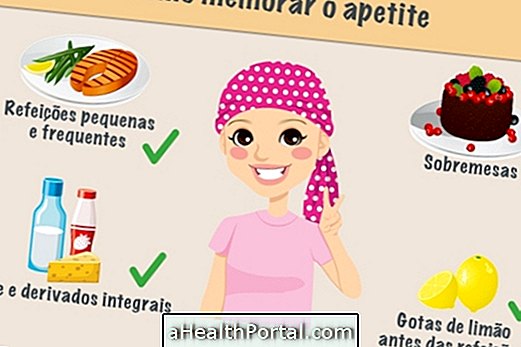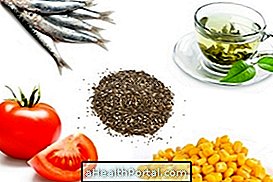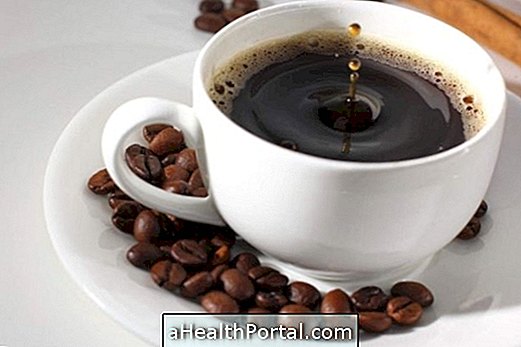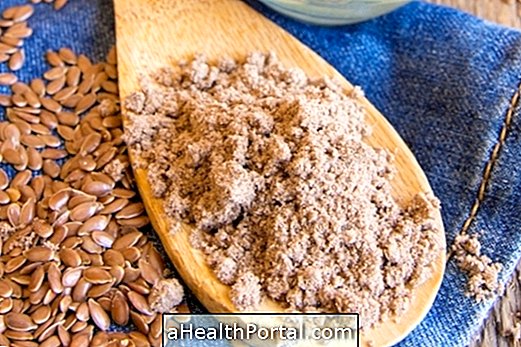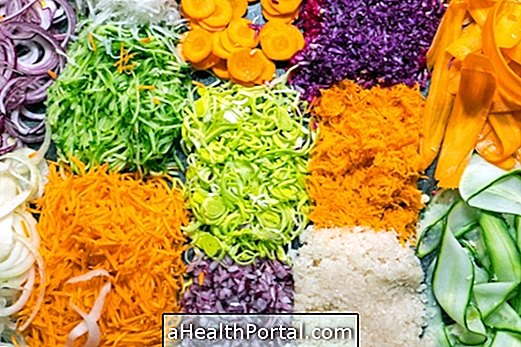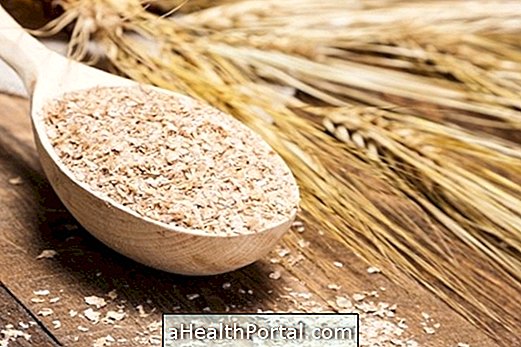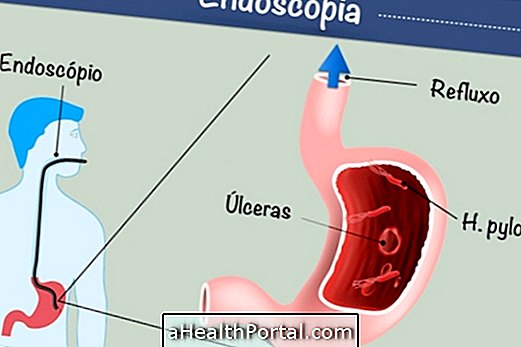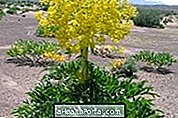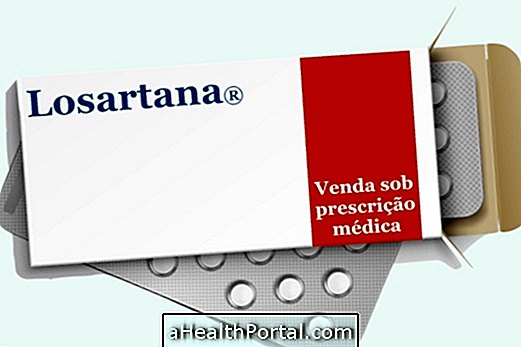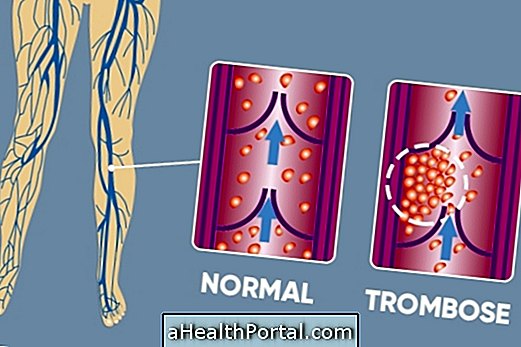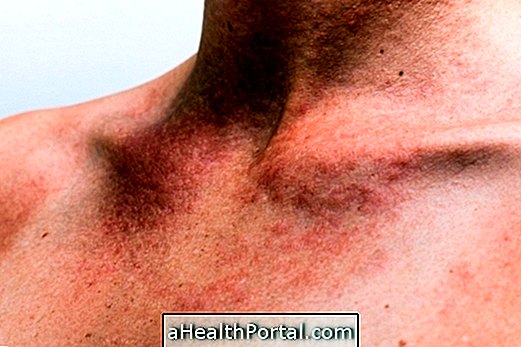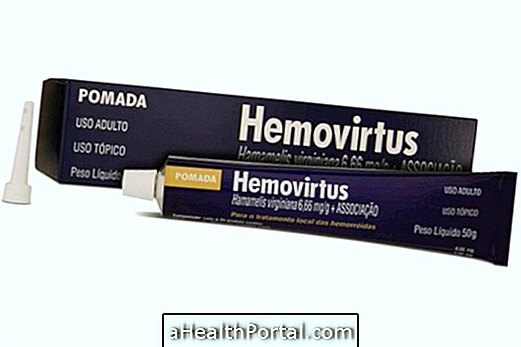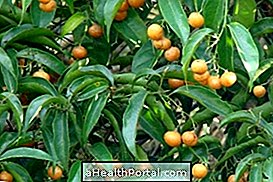Fructose intolerance is the difficulty of absorbing foods that have this type of sugar in their composition, such as fruits, vegetables and vegetables, so when they are consumed they cause symptoms such as nausea, vomiting, sweating, diarrhea and bloating in the belly.
The cause for malabsorption of fructose may be hereditary, so some babies already have symptoms early in life, but can also be contracted throughout life due to intestinal changes that cause difficulty in the digestion of this substance.
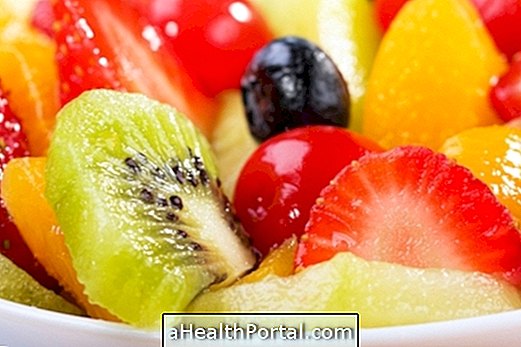
Diet for fructose intolerance
To relieve the symptoms of fructose intolerance, it is recommended to avoid the consumption of this sugar, which is naturally present in several foods, such as fruits, vegetables, and honey.
In addition, fructose may also be present in foods that are sweetened with corn syrup or with sucrose or sorbitol sweeteners, substances that are present in foods like soft drinks, box or powdered juices, ketchup and fast food.
List of foods allowed
As fructose intolerance has several levels, from mild to severe, the restriction to consumption must be adjusted to the intolerance of each person. For this, it is advised that the person has a diary to record the food consumed and the reactions provoked in the body, in addition to always check the ingredients of the meals before eating, preferring the foods made at home.
Some of the foods that are released for those who have fructose intolerance are:
| Dairy Products | Milk, butter, margarine, cheese and natural yoghurt; |
| Sweeteners | Glucose or any sweetener which does not contain fructose, sucrose or sorbitol; |
| Vegetables | Broccoli, celery, lettuce, spinach, chard, mushrooms and artichokes; |
| Spices | Salt, vinegar, aromatic plants, spices and mustard; |
| Soups | Made with food and seasoning allowed; |
| Cereals | Oats, wheat, barley, rye, rice, tapioca and products made from them, such as breads, biscuits and cereals, without being sweetened with fructose, sucrose, sorbitol, honey, molasses or corn syrup; |
| Animal protein | Meats, fish and eggs are all allowed; |
| Drinks | Water, tea, coffee, cocoa; |
| Sweets | Desserts and sweet pastes which are not sweetened with fructose, sucrose, sorbitol or corn syrup. |
In addition, some vegetables that have fructose, such as potatoes or tomatoes, can be eaten in small quantities if they are cooked because the water removes part of the fructose from the food.
List of foods to avoid
In the diet for fructose intolerance it is necessary to exclude foods such as:
- Fruit, jellies and fruit jams;
- Table sugar, honey, molasses, maple syrup, corn syrup, fructose, sucrose and sorbitol;
- Peas, lentils, beans, chickpeas, white beans, corn and soybeans;
- Turnip, sweet potato, beet, cucumber, kale, tomato, carrot, eggplant, cabbage, onion, asparagus and peppers;
- Dairy: sweet milk with fructose, commercial ice cream with fructose, sucrose or sorbitol and fruit yogurts;
- Soy flour, muesli and all cereals made with sugar or honey;
- Products industrialized with some ingredient that has fructose, such as soft drinks, canned or powdered juice, ketchup, mayonnaise, mustard, industrialized sauces, caramel, artificial honey, chocolates, cakes, puddings, fast food, some types of bread, sausage Ham.
As it is very difficult to completely exclude fructose from the diet, since it is present in many foods, it is recommended that the person with intolerance follow up with a nutritionist, so that an individualized and balanced menu is established for the day to day.
Although it can be a difficult task, people who are intolerant to this type of sugar should avoid consuming fructose because if there is no control over time, serious complications such as kidney or liver failure can occur.

Example of menu for fructose intolerance
An example of a healthy menu for people with this disease may be:
| Meal | Day 1 | Day 2 | Day 3 |
| Breakfast | 200 ml milk + 2 slices whole wheat bread with cottage cheese and egg | 1 natural yogurt + 2 teaspoons chia + 1 tapioca with cheese | 200 ml milk + 1 tablespoon cocoa + 2 slices whole wheat bread with cheese |
| Morning snack | 10 cashew nuts | 4 whole-grain toasted curd | 6 whole oatmeal cookies, without sweeteners / honey / molasses / corn syrup |
| Lunch | Grilled chicken with brown rice and salad (vary broccoli, celery, lettuce, spinach, chard, mushrooms, artichokes). | Fish fillet with spinach and mashed potatoes | Spaghetti with chicken, mushrooms and white sauce + steam broccoli |
| Afternoon snack | 1 natural yogurt + whole grain cereal without sweeteners or fructose products | 1 slice of chicken pie + iced tea with cinnamon, ginger and fennel | 200 ml of milk with cocoa + mix of nuts, nuts and almonds |
It is important to remember that you should always check the label of industrialized foods to make sure they do not bring banned ingredients in fructose intolerance such as honey, molasses, corn syrup and sweeteners saccharin and sorbitol. In general, diet and light products, biscuits, ready-made beverages and baked goods often bring these ingredients. Learn how to read the food label.
How to identify intolerance
In people who have hereditary intolerance, or who exhibit malabsorption of fructose due to altered gut flora or inflammatory diseases, such as irritable bowel syndrome, for example, consumption of this sugar can cause symptoms such as:
- Nauseation and vomiting;
- Cold sweat;
- Abdominal pain;
- Lack of appetite;
- Diarrhea or constipation;
- Excess gases;
- Swollen belly;
- Irritability;
- Dizziness.
As the mother's milk does not have fructose, the baby only begins to have symptoms when it begins to ingest artificial milk, of formulas milk, or with the introduction of foods, like papinhas, juices or fruits. If the amount of this sugar consumed by the child with intolerance is very large, there may be more severe symptoms such as apathy, seizures and even coma. However, it is important to remember that the presence of gas, diarrhea and swollen belly may also be symptoms of lactose intolerance.
How to confirm the diagnosis
The diagnosis of fructose intolerance is made by the gastroenterologist, endocrinologist or nutrologist, who makes an assessment of the person's clinical history, and a test is performed with the withdrawal of fructose from the food and observation of the improvement of the symptoms.
If in doubt, urine and blood tests may be done to evaluate the effects of fructose in the body, in addition to the expired hydrogen test, which is an examination that measures, through respiration, the absorption capacity of fructose by body.
